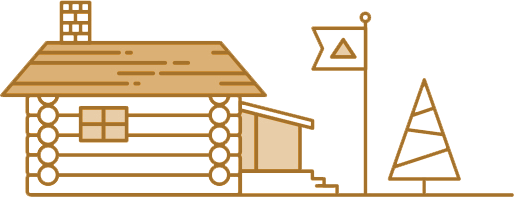

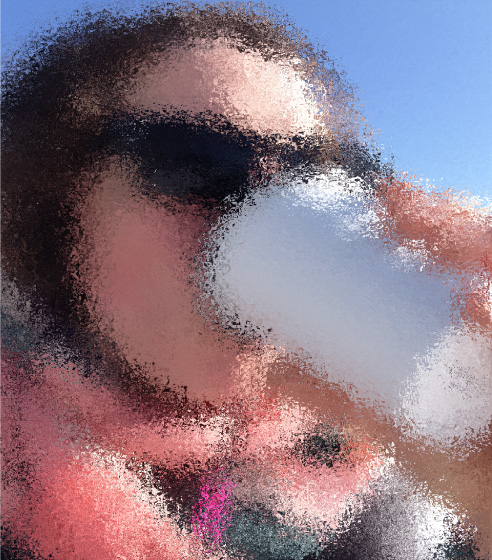
Evolution of genomes: gene architecture and order, large structural changes, population level selection, effects of anomalies - like transposable elements, consequences and risks for health, DNA folding in 3D space, novel gene elements
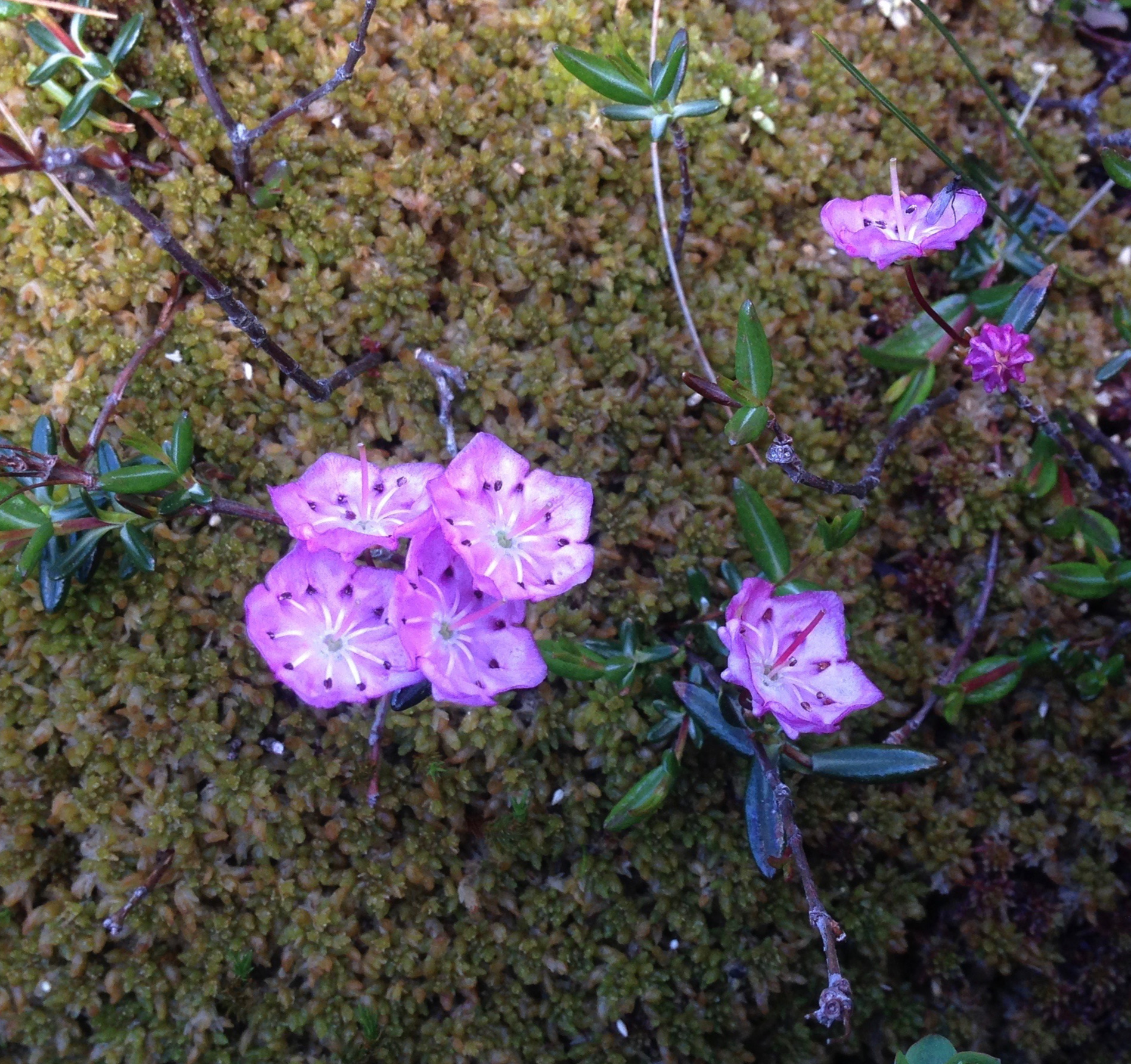
Comparative genomics - using related species to gain information through similarities and differences, mining available the wealth of publicly data, machine learning, phylogenetic trees and networks, noise-reducing algorithms, ever-changing sequencing technologies
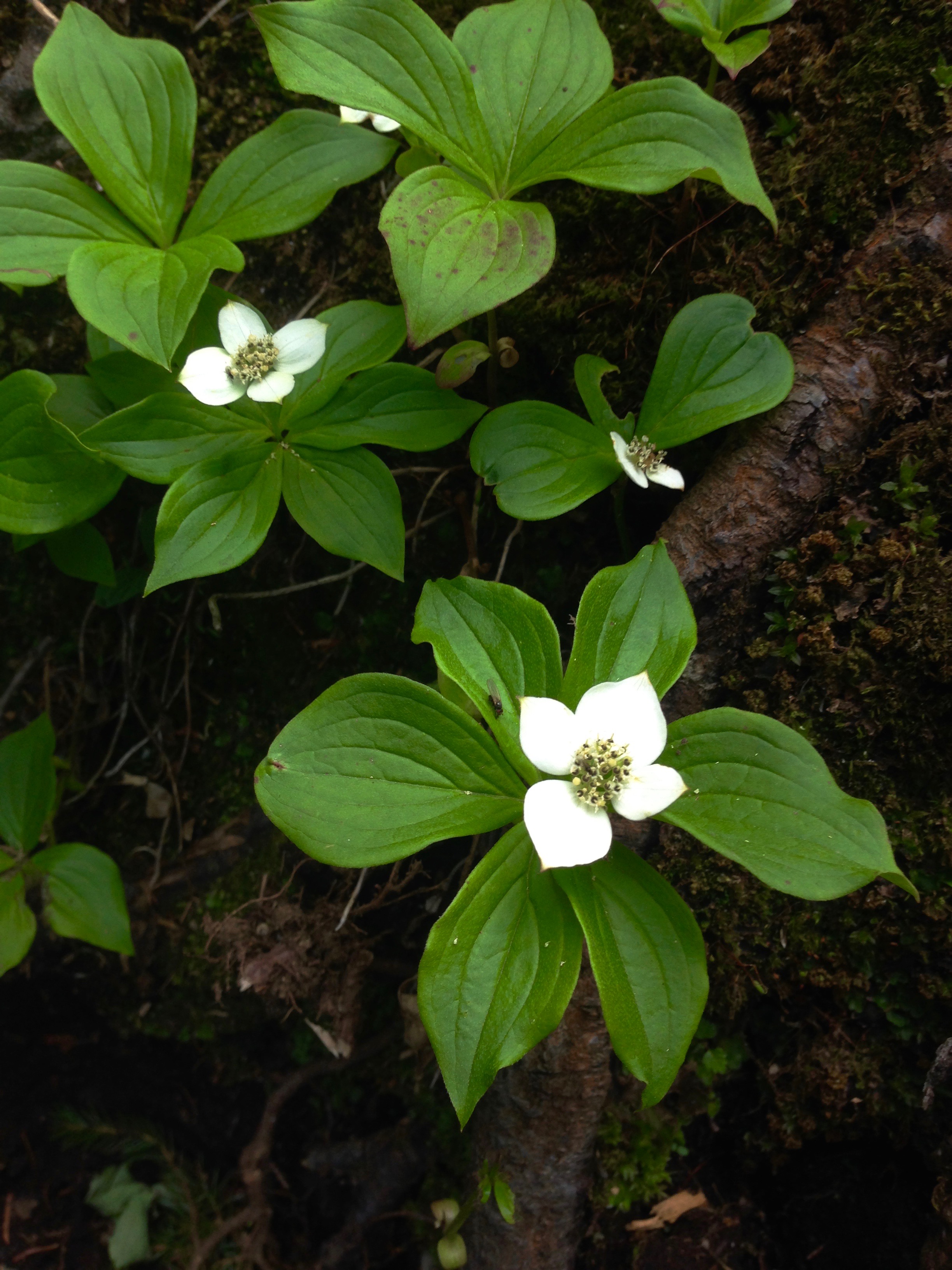
Eukaryotic diversity, changes in selective pressures and species response, biodiversity and human impact, human evolution - cognitive revolution and complex societies, epidemiology and modelling of infectious diseases
Details of current & past projects
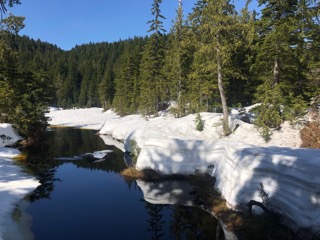
A command line tool that aims to allow flexible importing, version control, and the option of archiving can be found at this github repo . The rrepo is used to show the main features of the tool we used for importing public datasets at Streamline Genomics.
Using the massive dataset containing extensive clinical variants and information about these variants (population frequencies, phenotype effect, etc), we toyed with predicted pathogenicity and compared to ClinGen's internal pathogenicity predictions. In a machine learning model, the labels were left out for training and used in a testing dataset to measure acuracy and precision. See these experiments at this github repo.
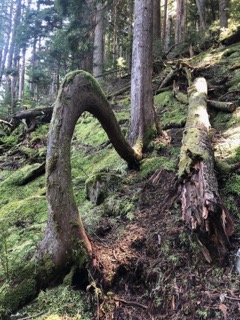

Working towards a better understanding of biodiversity of protists, I worked with Dr. Fabien Burki to place the group of centrohelids in a phylogenetic tree that represents species relatedness.
TEs are stretches of genomic sequence that have the unique ability to mobilize and insert themselves elsewhere in the genome, with a copy-and-paste or cut-and-paste effect. Such movements create immediate genetic diversity, which can be devastating to the fitness of an individual but may allow for adaptation.


Some novel genes arise from a transposable element being co-opted into preforming a function for the host organism. This incredible feat is a wonderful source of genetic diversity, and if successful, can lead to novel genes.
© Maia Kaplan 2022. All Rights Reserved. Albeit Sharing Encouraged.
This website is created by Maia but based on a wonderful design from Themeum